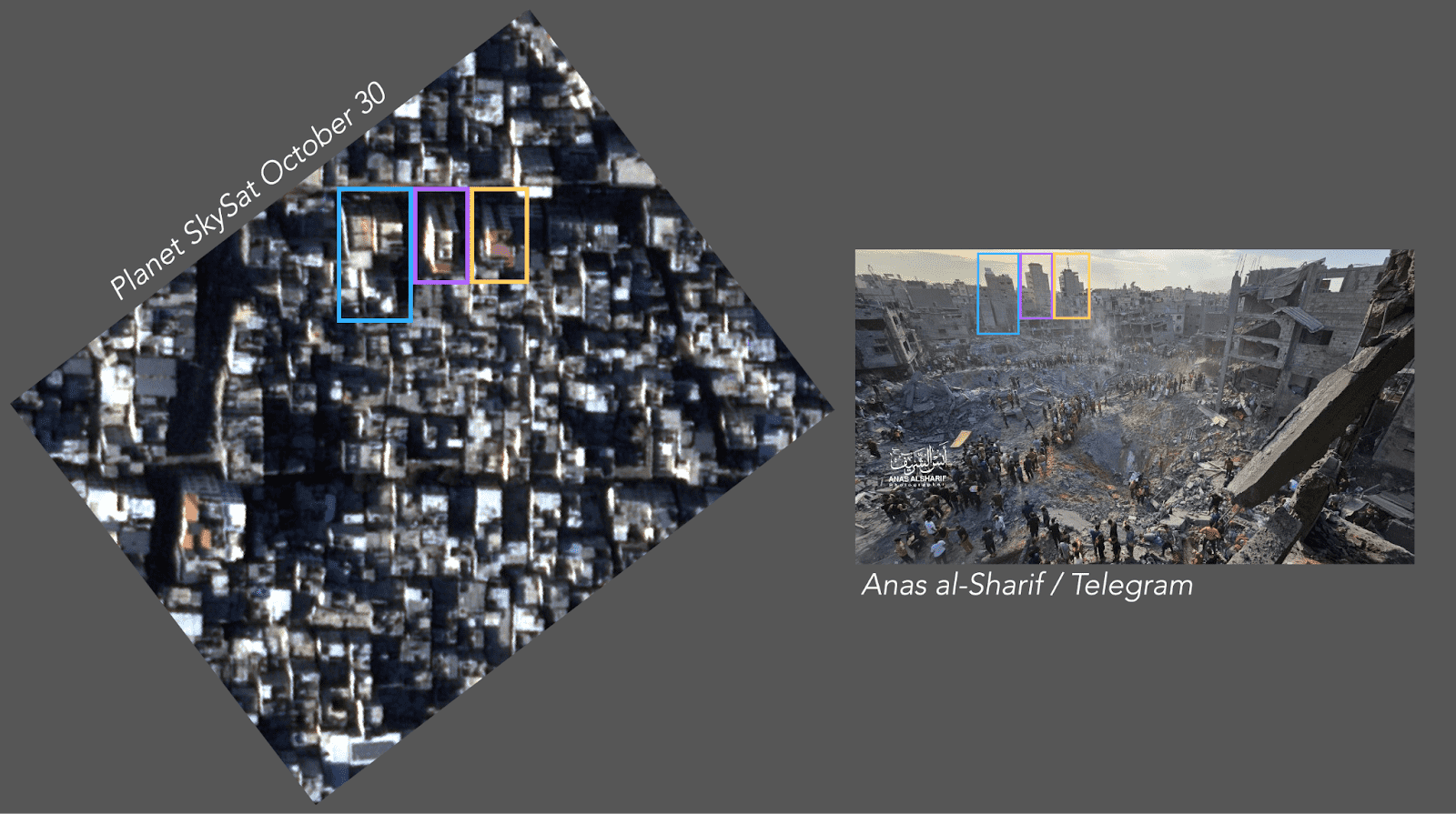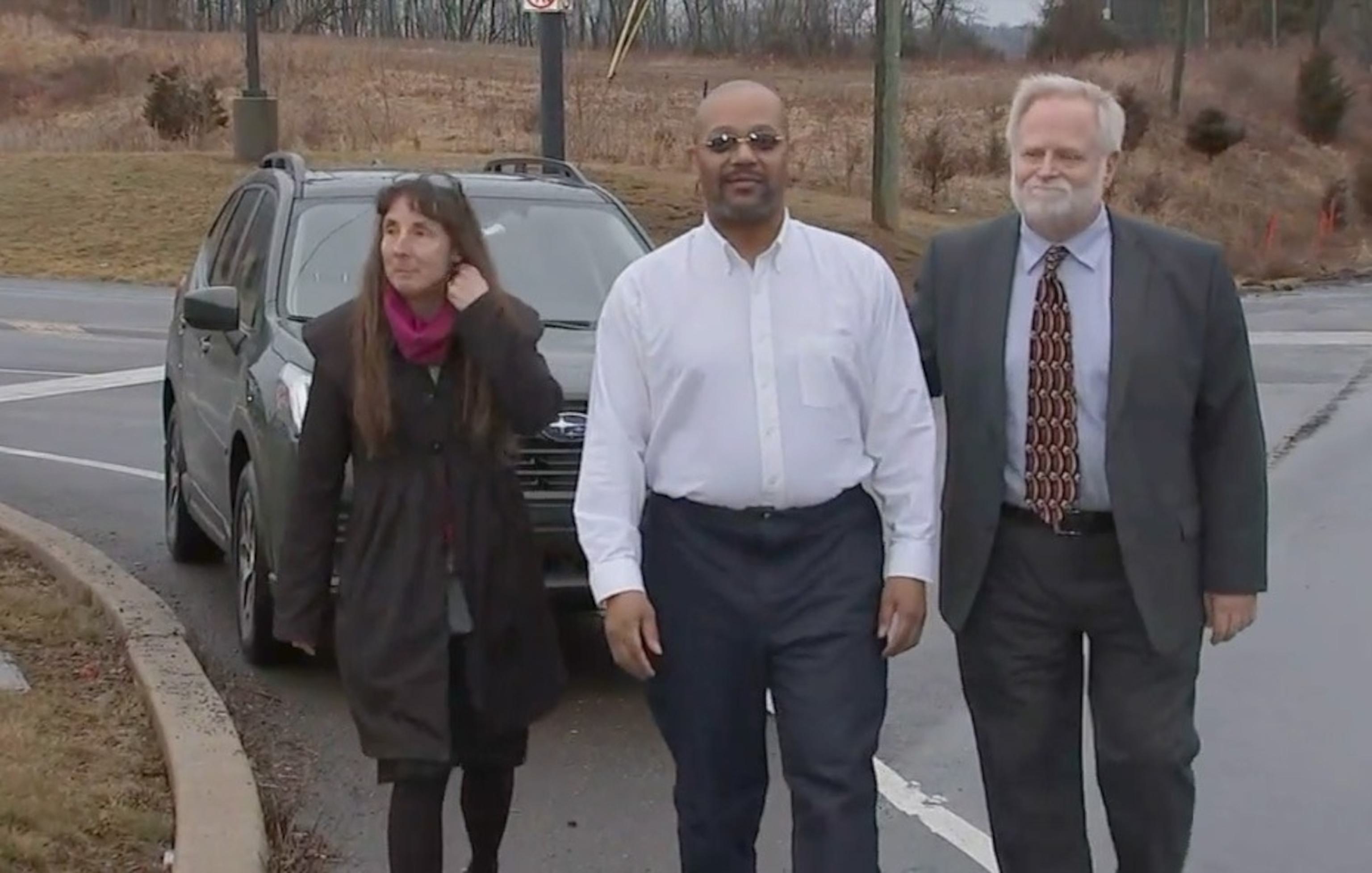Jabalia Refugee Camp: Overcrowded Gaza Camp Home to Displaced Palestinians
February 12, 2024 - Reading time: 5 minutes

The Jabalia Refugee Camp in the northern part of Gaza Strip was hit by an airstrike on Tuesday, resulting in dozens of casualties. The Jabalia refugee camp is a densely populated and impoverished area in Gaza that has housed generations of Palestinian refugees for over 70 years since they were displaced from their homes in 1948.
Jabalia refugee camp is a Palestinian refugee camp located north of Gaza City near Jabalia town. Some key points about Jabalia refugee camp:
- It was established in 1948 to house thousands of Palestinians who fled or were expelled from their homes during the Arab-Israeli war after the formation of Israel.
- As of 2020, the camp had a population of over 110,000 refugees registered with UNRWA (United Nations Relief and Works Agency for Palestine Refugees). Making it one of the largest Palestinian refugee camps.
- Like other camps in Gaza, Jabalia faces overcrowding, poverty and poor infrastructure as a result of the Israeli blockade imposed since 2007 as well as wars and violence. Most shelters have no running water or electricity.
- Economic opportunities are very limited as residents cannot freely import or export goods. The camp relies heavily on UNRWA services as well as food assistance from the UN and aid agencies.
- Jabalia has been the scene of much violence and many fatalities during periods of conflict between Israel and Hamas/Palestinian militant groups. Several airstrikes and military operations have damaged infrastructure and shelters in the crowded camp over the years.
Bellingcat's video and satellite analysis confirmed this strike and identified several points where IDF forces have gathered on the outskirts of Gaza’s largest city. The UN has urged Israel to reconsider its evacuation order as humanitarian and medical organizations working in Gaza outline that it is not possible for all civilians in northern Gaza to evacuate south, as repeatedly ordered by Israel.

The Jabalia Refugee Camp has been hit by multiple airstrikes in the past month, causing numerous casualties. An October 9 airstrike killed 60 people, an October 19 airstrike killed 18, and an October 22 airstrike killed 30. UN Secretary-General António Guterres expressed concern over the situation, stating that more than two million people are being denied essentials such as food, water, shelter, and medical care while facing relentless bombardment.
Food Shortages
In addition to the refugee camp strikes, civilians in Gaza City have been struggling to access basic necessities like food. A video posted on TikTok showed a long queue at a bakery in Jabalia refugee camp, which was confirmed by Bellingcat. Separately, a video posted on Instagram appeared to show an IDF tank firing at a station wagon on Salah al-Din road, which had previously been identified as a safe evacuation route for civilians within Gaza City.
The IDF Press Office stated that the IDF distinguishes between combatants and civilians and uses lethal force only against combatants or those posing an immediate threat. However, the video of the station wagon attack raised questions about the use of force by the IDF. The vehicle was traveling north on Salah al-Din road before encountering an IDF tank and armored bulldozer. As the vehicle attempted a three-point turn, the tank fired at it.
Large scale invasion
The increasing presence of IDF ground troops in the Gaza Strip has raised concerns about the safety of civilians caught in the conflict. Since entering the territory on October 27, satellite imagery shows that the IDF have entered from at least three places: two along the territory's northern border and one to the southeast of Gaza City. The situation in Gaza continues to escalate as satellite imagery reveals extensive demolition and military movements. On October 30, more than 50 armoured vehicles were observed in the Al-Karama area, located approximately three to five kilometres southwest of the Gaza border. This follows reports that Israel's ground invasion has come slower than expected, possibly as a strategy to draw Hamas fighters out of tunnels and densely populated areas while also allowing more time for negotiations regarding hostages taken during the October 7 attacks.
Some of Israel’s allies, including the US, have advised delaying a full-scale invasion. As of Sunday, October 29, images began to appear on social media showing IDF vehicles and troops in northern Gaza. A video showed IDF soldiers raising an Israeli flag over a building geolocated inside Gaza approximately three kilometres south of the border. The geolocation was shared by X via the Geoconfirmed account and independently confirmed by Bellingcat.
Satellite imagery reveals at least three major entry points for Israeli ground troops: one along Gaza’s northern border near the Mediterranean Sea, another near the Erez border crossing north of Beit Hanoun, and a third southeast of Gaza City. Low-resolution satellite images from October 26 showed vehicle tracks approximately 1km from the Mediterranean Sea. These tracks were joined on October 28 by a second set of tracks closer to the sea, stretching 3km south. Satellite imagery taken on October 30 revealed a third set of tracks, 7km east near the Erez border crossing towards Beit Hanoun. Additional tracks can be seen south-southeast of Gaza City and north of Wadi Gaza in October 28 images.
The latest footage and satellite imagery show that the situation in Gaza continues to deteriorate for civilians, particularly those located in the northern part of the territory which remains the focus of Israeli strikes and now the ground invasion. Bellingcat will continue monitoring the war in Israel-Palestine with the aim of documenting civilian harm.

DW Staff
David Lintott is the Editor-in-Chief, leading our team of talented freelance journalists. He specializes in covering culture, sport, and society. Originally from the decaying seaside town of Eastbourne, he attributes his insightful world-weariness to his roots in this unique setting.




